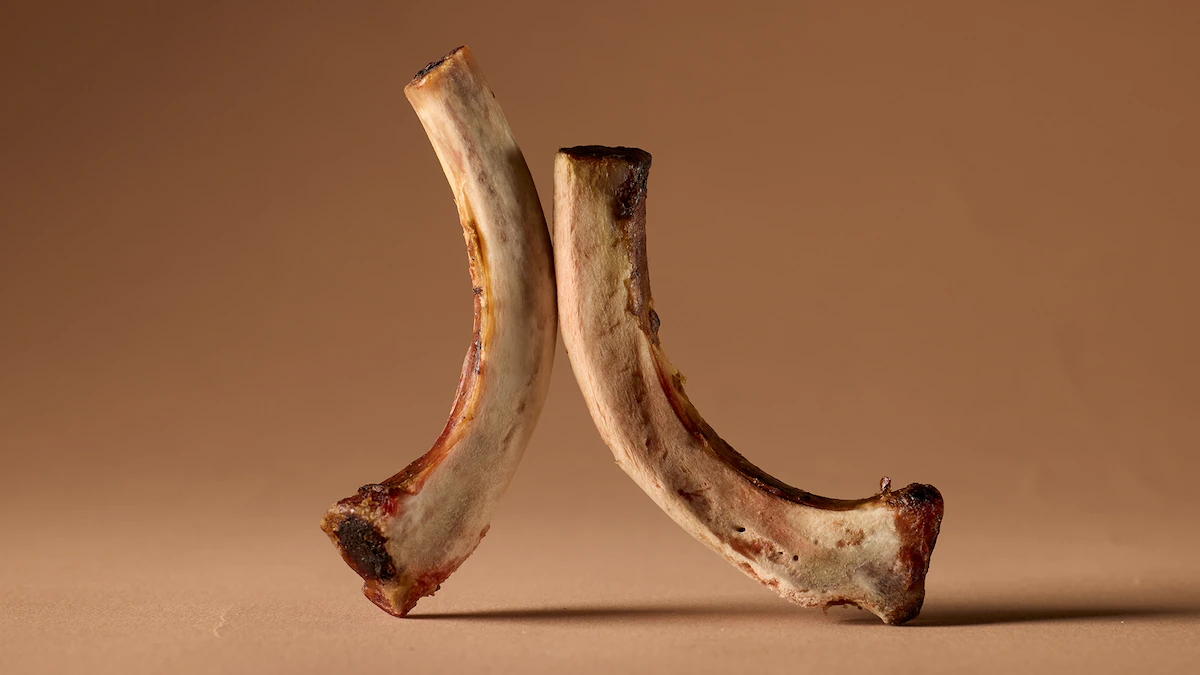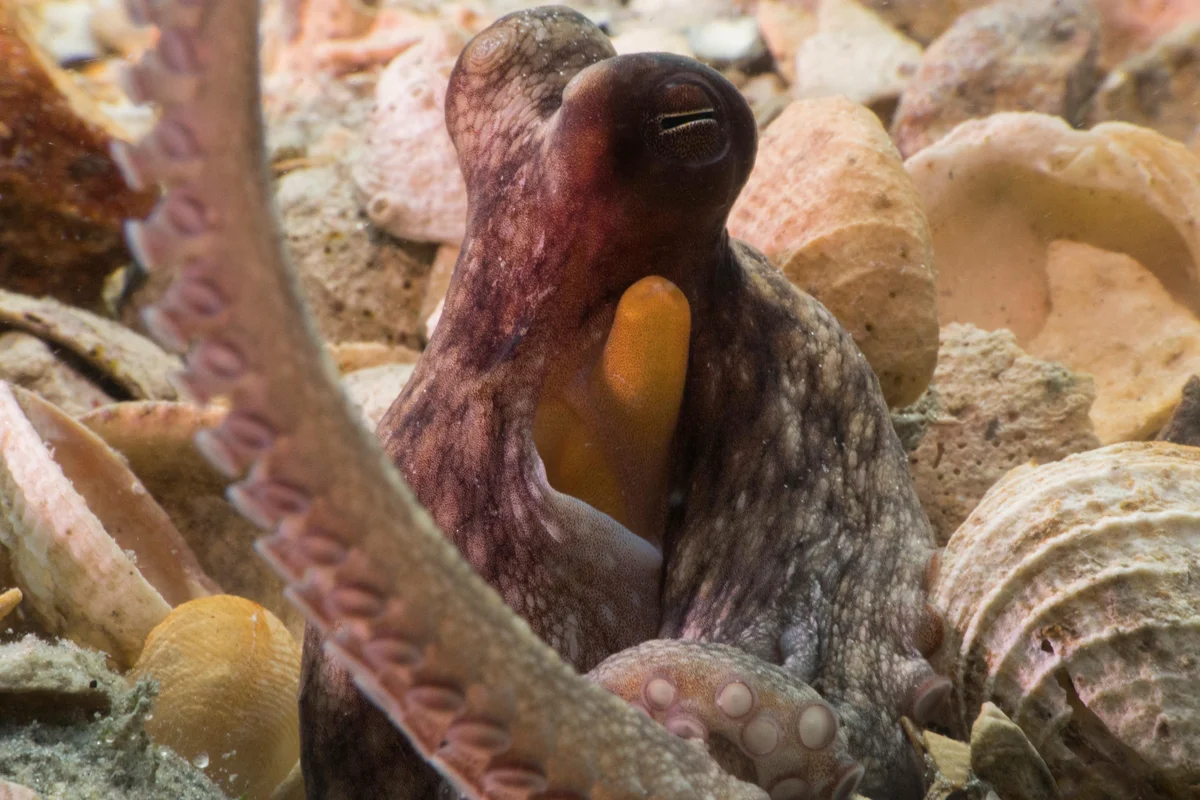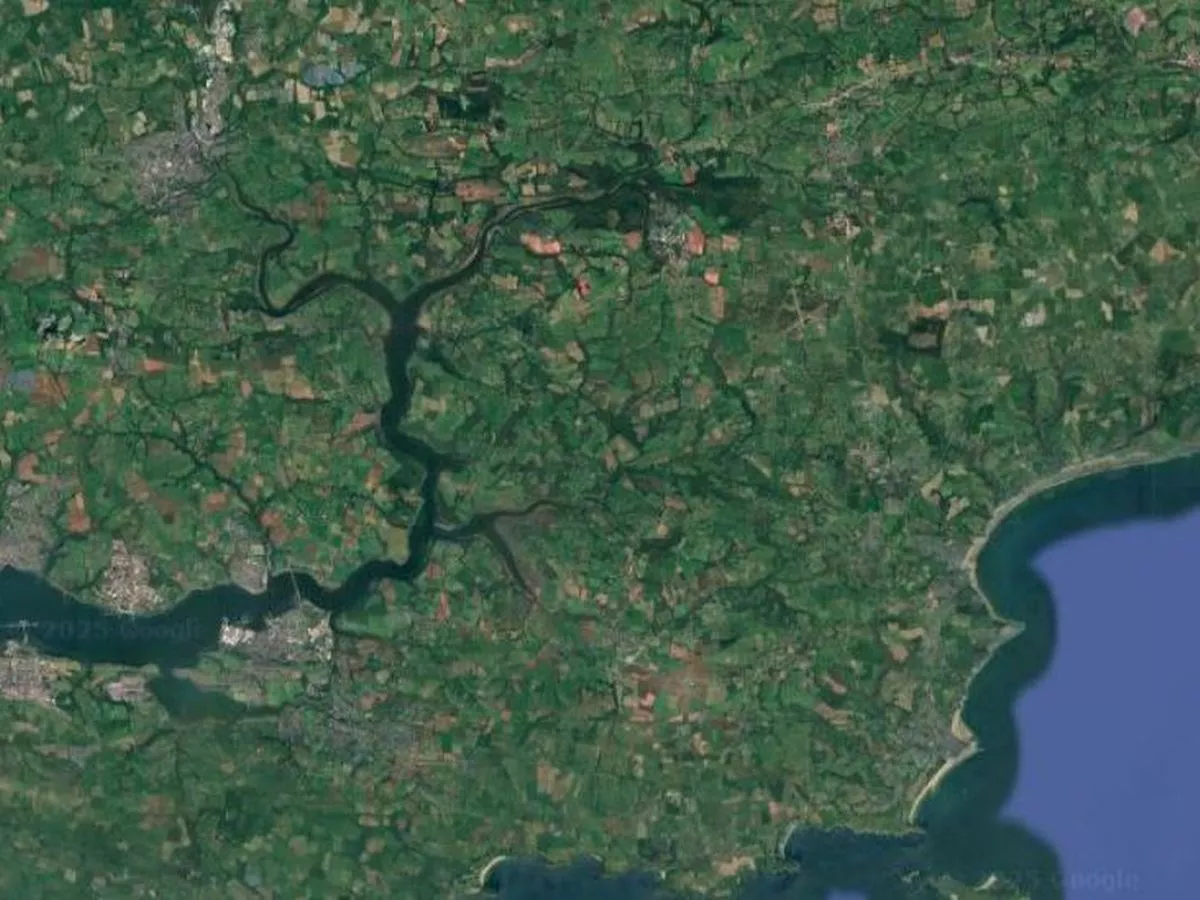
Years ago, a friend told me about a meal she had while doing field work in rural west sub-Saharan Africa. It started simple: Her host village killed and stewed a chicken. But after finishing the meat, they then ate the bones—not just gnawing on them to get at lingering tendon and cartilage, as cultures across the globe do, but actually crunching into the hard bits.
Her story piqued my interest. Thanks to America’s recent obsession with carnivore and paleo diets, many folks are familiar with the traditional practice of boiling bones to draw out their collagen protein—which makes up 25 to 33 percent of the average animal’s protein content, largely locked up in bones, skin, and connective tissue—and transform it into broths and gelatins. Many people are likely also familiar with the practice of cracking them open to get at their rich, fatty marrow. But I’m a certified offal stan, and I’d never heard of someone eating bones whole—nor had any of the other hardcore offal lovers I knew.
(Is bone broth really a ‘liquid miracle’? Here’s what science says.)
I’m always eager to explore new culinary techniques, textures, and flavors. So I made it a mission to learn more about edible bones. In the process, I’ve discovered that many cultures cook and eat bone, for many compelling reasons—the practice is just less visible in the West.
The perils and promises of eating bones
There’s more value in bones than collagen and marrow, explains Cornell University food scientist Joe Regenstein. They’re primarily made of calcium and phosphate, and rich in minerals like iron, magnesium, and potassium. Nutritional profiles vary across species, the type of bone you’re working with, the age and condition of an animal, and the way you render and prepare its parts.
Limited research makes it impossible to identify the singular best bone for a given dietary need. But bones make up 10 to 20 percent of any animal’s mass, and they’re often among a carcass’s most nutrient-dense tissue. Yet, as UN Food and Agriculture Organization researcher Jogeir Toppe points out, processors often discard this nutritious matter as waste.
(Do collagen supplements really work?)
THIS WEEK ONLY
Unlike dogs, our jaws and teeth are not built for chomping at solid bones to access the bulk of those hard minerals. Rigid bone can also splinter when we attempt to gnaw on it, creating shards that might scratch or puncture an eater’s GI tract. (Yikes.) This may be why many cultures historically focused on extracting some marrow fat and protein from a few bones, then used the bulk of an animal’s skeleton as crafting materials rather than food. As offal chef and author Jennifer McLagan explains, bone is easy to carve and was traditionally used to make everything from buttons to indigenous ice skate blades.
However, ancient feces suggest some early humans ate small animals, bones and all. A few cultures, like the until-recently ortolan-eating French, kept doing so well into the modern era. To this day, many people also eat the ends of well-cooked small chicken bones, or the bony tails and fins of fried fish. These practices seem to be especially common in parts of Africa and Asia—but folks in the West often stumble into the art as well.
“I think it just happened naturally,” explains Regenstein of his own chicken bone munching habit. “With fried chicken, they are easy to eat.”
And it’s not just small bones. Scattered accounts suggest that some communities in regions with a history of food insecurity, like rural Zimbabwe, eat long bones like femurs as well. As with many traditions born of scarcity, the practice seems to persist as a cultural habit even when folks have access to abundant food—but the established risks of tooth damage and bone shards make it harder to sell to outsiders.
Better ways to eat your bones
As Regenstein explains, these bone eating practices reflect the fact that, while we can’t safely eat this hard tissue raw, we can make them safe(r) to consume by softening or powdering them—though this isn’t without conflict itself.
A few old accounts suggest that some cultures used small and large bones alike by pounding them into a fine powder. The use of bone powder as a nutritional supplement survived into the late 20th century in America—until actress Allison Hayes died of lead poisoning tied to bone pills. (Large animals accumulate and concentrate environmental heavy metals in their bodies, so you don’t want to eat too much concentrated big bone for the same reason you don’t want to eat too much tuna.)
The prevalence of vitamin-rich and -fortified foods in the West, combined with this contamination risk, has dampened lingering interest in bone powder’s nutritional potential.
(‘Brain food’ is real. Here’s what to eat to keep it healthy and strong.)
If you’ve made bone broth, you’ll know heat and pressure alone can soften hard tissue. Use the same bones for multiple batches and they’ll slowly reduce from a rock-like solid to disintegrating mush. (Some modern recipes actually recommend blending that bone mush into your broth, then sieving out any chunks, to create a nutrient-dense gravy or paste.) This is why you can eat tinned small fish, like sardines, which are superheated during the canning process, without noticing you’re wolfing down their softened bones, Regenstein points out.
Thanks in part to scientists who agreed to swallow whole shrews for research, we also know that if a bone is small and soft enough, our digestive tracts can process it. That’s how we get so much calcium and phosphorus out of canned fish.
The larger and thicker the bone, the harder it is to soften and bite into without chipping off risky shards. But that’s where grinding bone down into a chip-free meal or powder comes into play.
Exposure to accumulated lead and other heavy metals is a real risk when eating bone—but the risk isn’t necessarily higher than those involved in eating other common foods. Regenstein, for one, believes that the handful of countries that limited avenues for preparing bones for human consumption based on purported health risks “went overboard.”
It takes time and practice to soften or powder bones to the point of edibility, though. In developed nations obsessed with convenience, McLagan suggests, this may account for a vanishing interest in culinary uses of bone more so than health concerns.
“We don’t see bones as useful anymore,” she stresses. “People see them mostly as an inconvenience. Something to be gotten rid of.”
How to change taboos around eating bones
Over the last few years, a slew of other scholars and startups have started to explore new techniques for turning bone into a quick-and-easy ingredient as well. I’ve found sources describing bone-infused sausage and paté, nuggets and fish cakes, and even white breads.
(Why eating the food on your plate in a certain order is better for your health.)
A handful of processors in Europe and Asia have already introduced a few commercial products containing softened bone, Toppe notes, and consumers seem fine with them. McLagan is skeptical about these start-ups’ focus on pushing bones as an invisible fortifying paste or powder rather than a worthwhile ingredient in their own right. But Toppe points out that, at scale and for consumer ease, stable powder is just easier to work with.
However, spend enough time on cooking forums, and you will find a few people who, whether out of a head-to-hoof eating ethos or pure curiosity, are experimenting with whole bone cooking as well. Some draw on established traditions in their own cultures; some—like me—just wing it with a novel ingredient for the love of the game.



